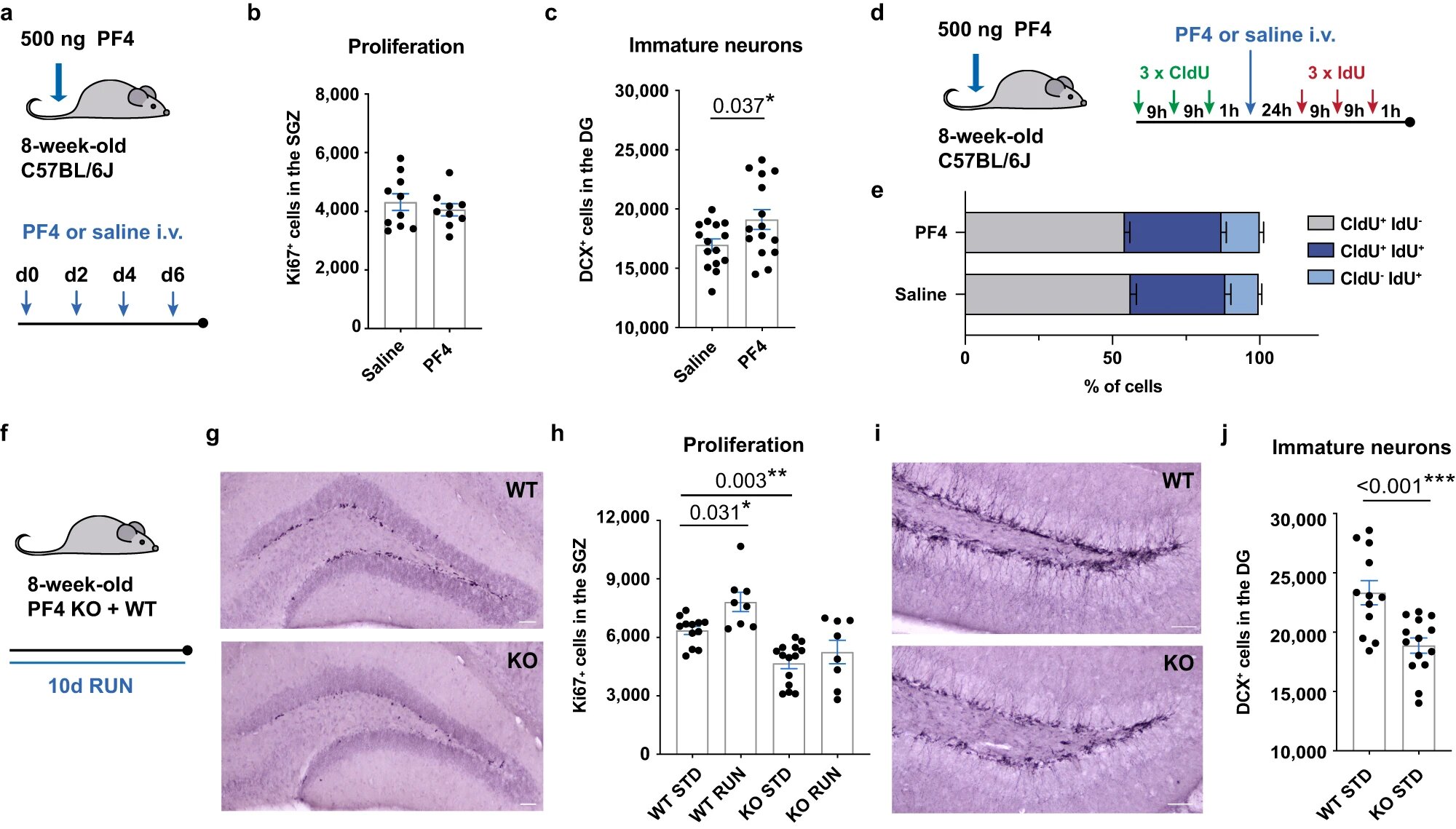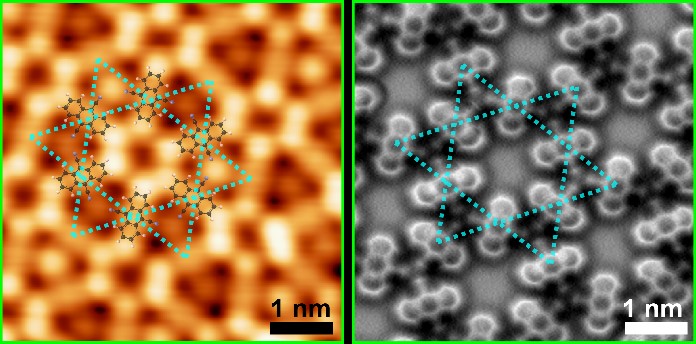
‘kagome’ geometry tagged posts


A new study demonstrating the emergence of localized magnetism due to a 2D nanomaterial’s unique, star-like atomic-scale structure has potential for applications in next-generation electronics based on organic nanomaterials, where tuning of electronic interactions can lead to a vast range of new electronic and magnetic phases.
A 2D nanomaterial consisting of organic molecules linked to metal atoms in a specific atomic-scale geometry shows non-trivial electronic and magnetic properties due to strong interactions between its electrons.
A new study, published today, shows the emergence...
Read More






Recent Comments